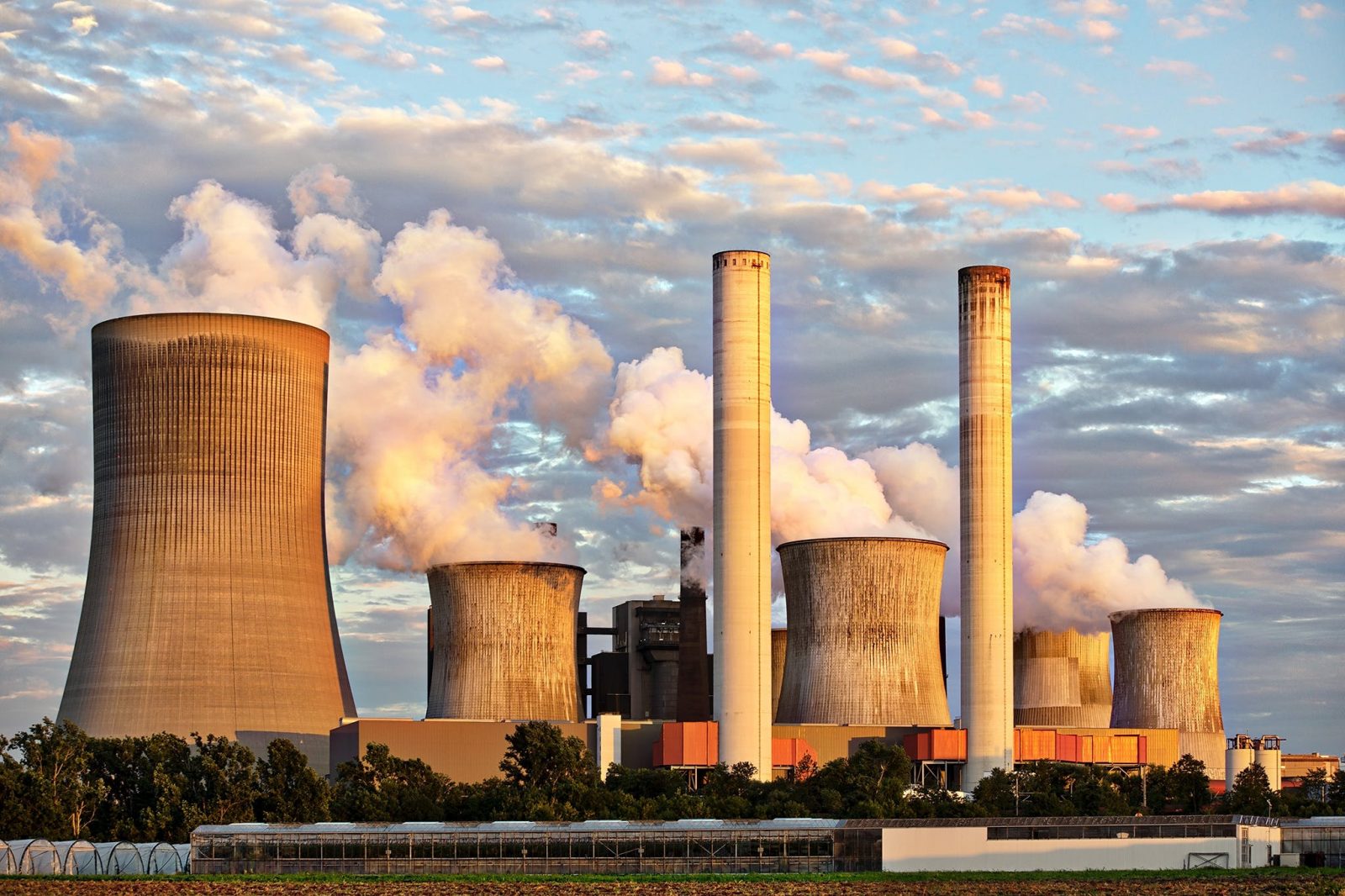In a monumental commitment to fight climate change, over 20 countries signed a declaration at the COP28 climate summit to triple nuclear energy capacity by 2050.
The countries endorsing this nuclear expansion span four continents and include major world economies like the U.S., U.K., France, Japan and South Korea. The pledge outlines concrete steps signees will take to rapidly grow nuclear power, a reliable, low-carbon energy source.
Supporters state nuclear energy, which emits no greenhouse gases, is vital for nations to reduce fossil fuel usage and meet emissions targets. Per the declaration, governments will work to extend the lifespan of current reactors and build advanced new ones.
They also aim to promote investments in the industry and overcome financing obstacles faced by nuclear plants. International banks will be urged to include nuclear in their energy lending policies.
Backers tout nuclear power’s status as a mature technology with greater capacity to generate around-the-clock power than renewables like wind and solar. Nuclear reactors operated safely and sustainably can provide copious, consistent energy to displace coal and gas.
With advanced new reactor designs on the horizon, proponents see nuclear as a growing, indispensable tool in driving down emissions, while meeting the world’s substantial electricity needs.
Nuclear Power Charges the Electric Future
The landmark nuclear declaration could not have come at a more pivotal time. As electric vehicles and green technologies rapidly gain market share across the globe, nations are scrambling to secure vast new sources of clean electricity. This accord positions nuclear energy as the cornerstone of that clean energy expansion.
With many top economies now publicly uniting behind substantially growing nuclear power, they send an undeniable signal – nuclear provides the abundant, reliable and emissions-free electricity needed to charge the electric revolution.
Major automakers have invested billions in electrifying their offerings. Projections show over half of all new car sales could be electric by 2030. At COP28, India also promoted plans to deploy 500 gigawatts of non-fossil capacity by 2030 to drive EV growth.
But even with major efficiency improvements, powering hundreds of millions of EVs will demand far more electricity. The signed nuclear declaration shows leaders recognize nuclear as the bedrock electricity source to meet both rising overall demand and power a new electric mobility paradigm.
The nuclear build-out goals, if realized, would supply vast amounts of new clean electricity to recharge the world’s coming EV fleets. By strongly backing this nuclear surge, governments clearly signal that the electric future is racing toward us – with nuclear reactors fueling the transition.
